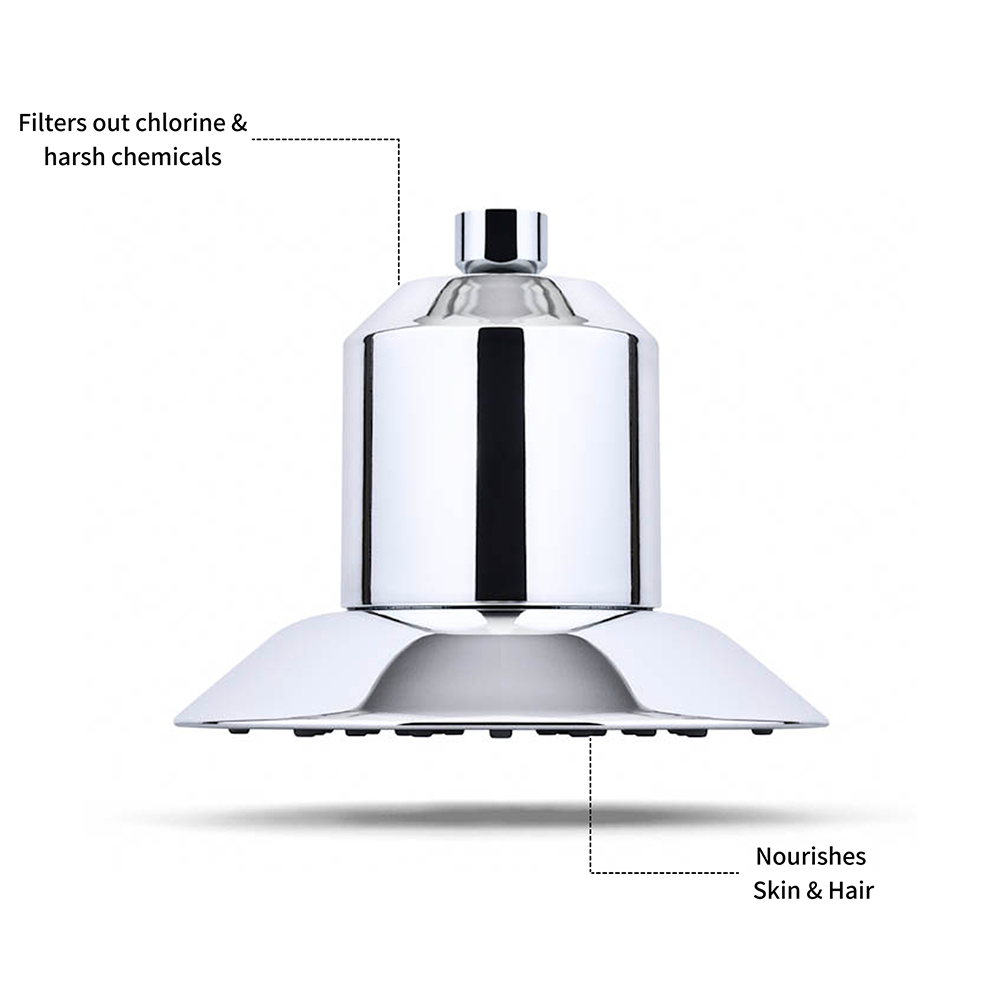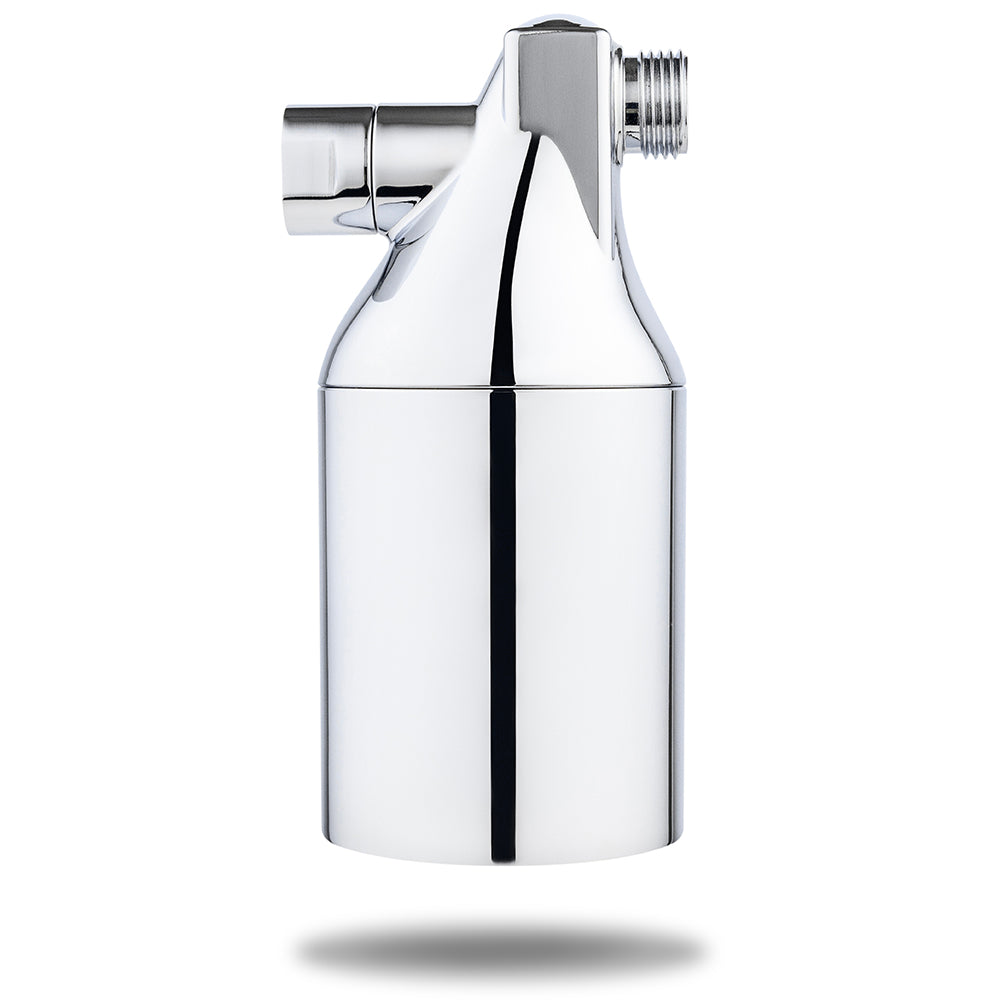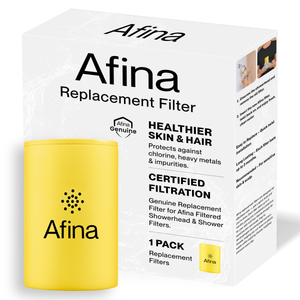When we priced a U.S.-made version of our flagship product 85% higher than our Chinese-made one, 25,650 customers had the chance to vote with their wallets. Here’s what happened.
As small business owners, we’ve heard it a thousand times:
“I’d gladly pay more to support American-made.”
We wanted to believe it. So we put it to the test.
We make filtered showerheads. Clean, sleek design. But more importantly, with the best shower filters on the market.
Our bestselling model—manufactured in Asia (China and Vietnam)—sells for $129. But this year, as tariffs jumped from 25% to 170%, we wondered: Could we reshore manufacturing to the U.S. while maintaining margins to keep our lights on?
An important part to mention is that our most filter materials (KDF-55) is sourced from the US. So technically we partly source from Asia.
We found a U.S.-based supplier. The new unit cost us nearly 3x more to produce. To maintain our margins, we’d have to sell it for $239.
So we ran an experiment.
We created a secret landing page. The product and design were identical. The only difference? One was labeled “Made in Asia” and priced at $129. The other, “Made in the USA,” at $239.

The visitors were given the choice to either buy the Made in USA or the Made in Asia version.
The results were sobering.
Add-to-carts for the U.S. version were only 24! Conversion? 0.0% (zero).
Not a single customer purchased the Made-in-USA version.

We tested everything: color, copy, layout. We ran it over multiple days and traffic sources. Same outcome every time.
For a moment, we thought we’d made a technical error. We hadn’t.
This wasn’t a failure of marketing—it was a referendum on price.

We wanted to believe customers would back American labor with their dollars. But when faced with a real decision—not a survey or a comment section—they didn’t.
It’s not their fault. Most people are stretched. They’re feeling inflation everywhere: gas, groceries, mortgages. “Supporting U.S. manufacturing” becomes a luxury most can’t afford—even if they want to.
This isn’t just our problem—it’s the economy’s.
Small brands like ours want to manufacture here. We’re willing to invest. But without serious shifts—in consumer incentives, automation, and trade policy—the math doesn’t work. Not for us. Not for our customers.
We’re still committed to exploring local manufacturing. But for now, it’s not viable.
We’re sharing this because the numbers surprised even us. And we think they’re worth talking about.
If policymakers and pundits want to rebuild American industry, they need to grapple with this truth: idealism doesn’t always survive contact with a price tag.

Ramon van Meer
Founder - Afina
ramon@afina.com
925-548-7758



